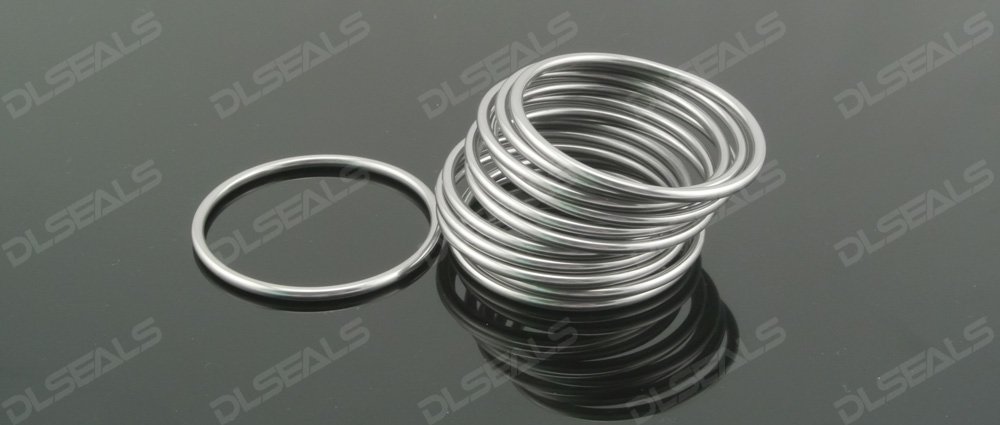News
A2023-12-27

preface:
Welded metal O-rings are a common and critical component in the manufacturing industry and are used in a variety of fields, including automotive, aerospace, and machine manufacturing. In the entire manufacturing process, the cutting process is a crucial step, which directly affects the quality and performance of the O-ring. This article will provide an in-depth introduction to another key link in the welding metal O-ring process - the cutting process, to help readers more fully understand the importance of this key step and the key points of its execution.
Preparation before cutting:
Careful preparations must be made before proceeding with the cutting process. First, check the O-ring to ensure that the quality of its winding process meets the design requirements. At the same time, prepare the tools and equipment required for cutting to ensure the efficiency and accuracy of the cutting process.
Select cutting method:
There are various ways to perform the cutting process, usually including mechanical cutting, laser cutting and plasma cutting. Selecting the appropriate cutting method depends on the size, material and manufacturing requirements of the O-ring. Laser cutting is suitable for situations where precision is required, while mechanical cutting is suitable for more conventional applications.
Cutting accuracy:
During the cutting off process, precision is a crucial factor. The accuracy of cutting is directly related to the dimensional accuracy and final performance of the O-ring. Advanced cutting equipment and technology are used to ensure that the cutting edge is flat, the size is accurate, and no cracks or other defects occur.
Control cutting temperature:
The temperatures generated during the shearing process may affect the material's properties. Therefore, it is necessary to control the cutting temperature during the cutting process to avoid excessive temperature causing the heat-affected zone of the material, so as to maintain the material properties of the O-ring.
Processing after cutting:
After cutting is completed, the cut edges need to be processed to ensure they are smooth and burr-free. This helps to improve the sealing performance of the O-ring and avoid problems during subsequent welding and assembly processes.
Summarize:
The cutting process is an integral part of the manufacturing process of welded metal O-rings. By selecting the appropriate cutting method, ensuring accuracy, controlling cutting temperature, and subsequent edge treatment, high-quality, extremely precise O-rings can be produced to meet the requirements of various industrial applications. Therefore, when manufacturing O-rings, the execution of the cutting process is crucial.